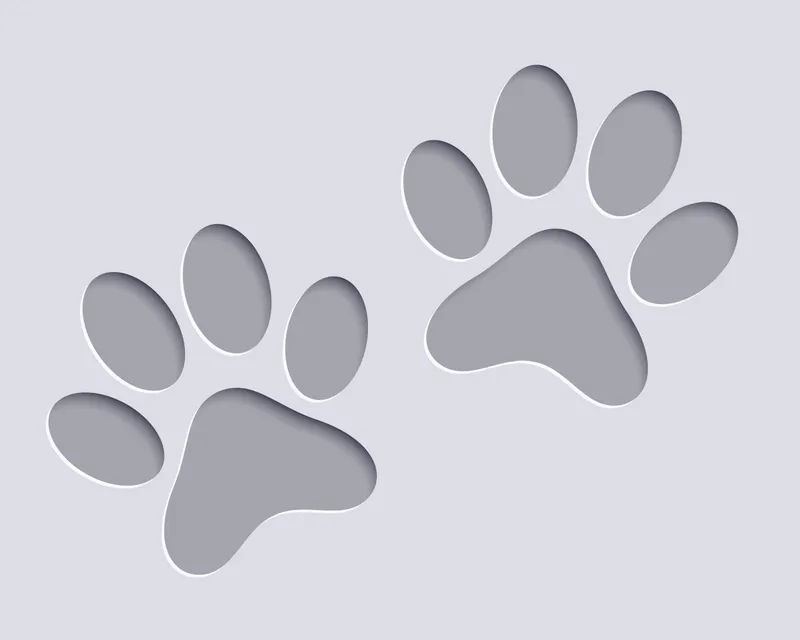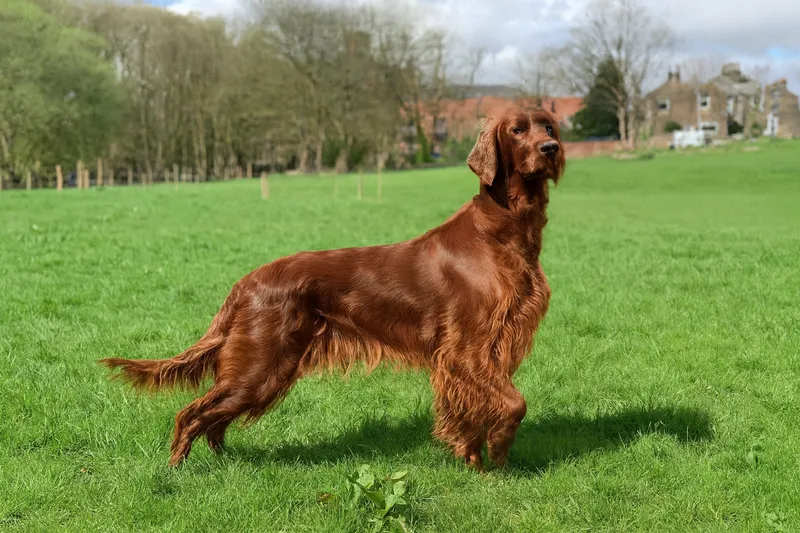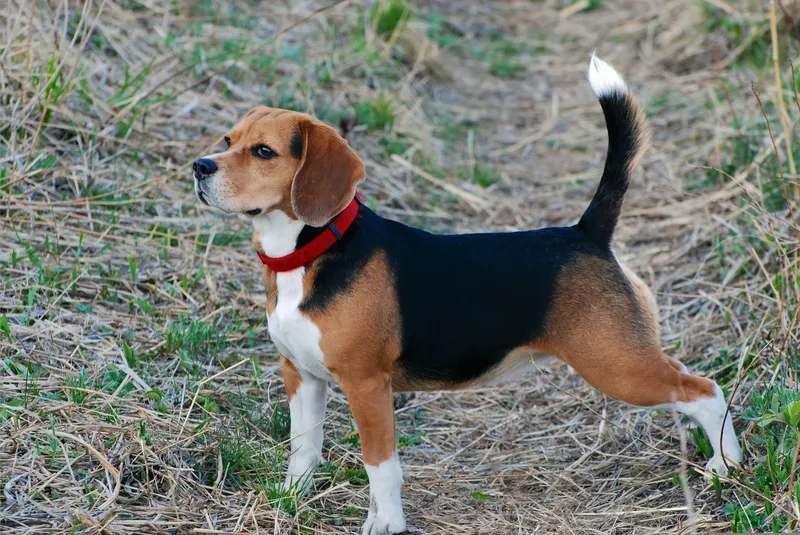Siberian Husky

Description
The Siberian Husky is a medium-sized working dog breed known for its endurance, strength, and striking appearance. Originally bred by the Chukchi people of Siberia for sled pulling and companionship, these dogs have a rich history tied to cold climates and harsh conditions. They are often recognized for their wolf-like features, including erect triangular ears, a bushy tail, and a thick double coat that protects them from extreme temperatures. The breed is known for its high energy levels and spirited nature, making them ideal for active families and outdoor enthusiasts.
Personality
Siberian Huskies are known for their friendly and outgoing personalities. They are typically good-natured, playful, and social dogs that enjoy the company of people and other dogs. Their independent and stubborn streak can make training a challenge, as they are often more interested in exploring their surroundings than obeying commands. Huskies are known to be intelligent and curious, which can lead to mischief if they are not adequately stimulated. They are not typically aggressive, making them poor guard dogs, but they do have a strong prey drive and may chase smaller animals.

Care Requirements
Siberian Huskies require regular exercise due to their high energy levels; daily walks, runs, or play sessions are essential to keep them physically and mentally stimulated. They thrive in active environments and should have access to a secure yard or open spaces for safe exploration. Their thick double coat sheds heavily, especially during seasonal changes, so regular grooming (at least once a week, and more often during shedding seasons) is necessary to manage loose fur. Huskies are generally healthy dogs, but they can be prone to certain genetic conditions, such as hip dysplasia and eye disorders, so regular veterinary check-ups are important. Additionally, due to their independent nature, early socialization and training are crucial for a well-rounded dog.
Suitable For:
- Families with children, as they are extremely good with kids
- Households with other dogs, due to their excellent compatibility with their kind
- Active individuals or families who enjoy outdoor activities, considering their high energy levels
- Those who don't mind a vocal dog, as they tend to bark quite often
- Those who appreciate a friendly, sociable pet that gets along well with strangers
Not Suitable For:
- Those looking for a protective or guard dog, given their low score in protectiveness
- Those who prefer a quiet dog, due to their high tendency to bark
- Individuals or families with a sedentary lifestyle, as they require plenty of exercise
- Those who prefer an easily trainable dog, given their moderate trainability score
- Those who are away from home frequently, as they thrive on companionship and activity
Physical Characteristics
Siberian Huskies are medium-sized dogs, typically weighing between 35 to 60 pounds and standing about 20 to 24 inches tall at the shoulder. They have a well-proportioned, athletic build that supports their working dog heritage. The breed has a dense double coat that comes in various colors, including black, gray, red, and agouti, often with striking facial markings. Their eyes can be brown, blue, or even one of each (heterochromia), adding to their unique appearance. Huskies have strong, muscular legs and a well-furred tail that is often carried in a sickle shape over their back.
Height
Male: 21" - 23.5"
Female: 21" - 23.5"
Weight
Male: 45 - 60 lbs
Female: 35 - 50 lbs
Life Expectancy
12 - 14 years

Breed Profile
Breed Characteristics
Maintenance Requirements
Breeds Similar to Siberian Husky
Based on temperament, size, and care requirements, these breeds share similar characteristics:
Frequently Asked Questions
Affiliate Disclosure: Pet Breed Hub participates in affiliate programs. We may earn a commission from qualifying purchases made through links on this page, at no additional cost to you. These commissions help us maintain this free resource. Learn more
Recommended Products for Siberian Huskys
Fun Facts
Siberian Huskies were originally bred by the Chukchi people, an indigenous tribe in Siberia, for transportation purposes over long distances. The breed was designed to require little food but to be able to work hard in harsh arctic conditions.
Despite their wolf-like appearance and significant size (standing between 21-23.5 inches tall and weighing between 45-60 lbs), Siberian Huskies are not typically aggressive. They are known for their friendly and gentle temperament, as well as their significant intelligence, making them great family pets.
Siberian Huskies have a unique genetic makeup that allows them to regulate their metabolism, meaning they can go long distances without food. This was a critical trait for their survival in the harsh Siberian climate.
In 1925, a team of Siberian Huskies famously delivered life-saving diphtheria serum in a 658-mile run to Nome, Alaska, in what is now known as the "Great Race of Mercy." One particular husky, Balto, led his team on the final leg of the journey and is celebrated with a statue in New York City's Central Park.
In some cultures, Siberian Huskies are viewed as spiritual beings. For the Chukchi people, these dogs were often let loose to roam in the summer months, and it was believed that those who treated their dogs well would be blessed with good fortune and prosperity.



